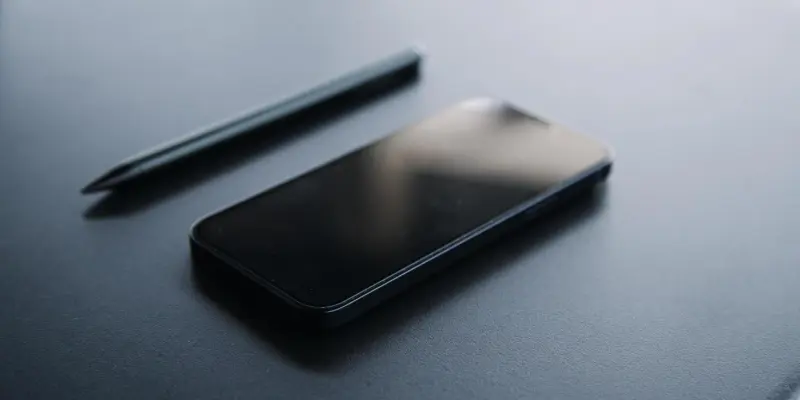Apple enthusiasts are eagerly awaiting the debut of the iPhone 17 Air, anticipated to revolutionize smartphone design with its ultra-thin profile. The upcoming release is set to make waves with the industry’s thinnest iPhone, measuring just 5.5mm in thickness. However, as excitement builds around its sleek design, challenges related to battery efficiency are also drawing attention. Reports suggest that internal tests indicate only 60 to 70 percent of users might experience a full day’s use before requiring a recharge. This statistic stands in stark contrast to other iPhone models, where 80 to 90 percent of users typically benefit from full-day battery life. Apple’s commitment to innovation does not go unnoticed, with plans to introduce an accessory akin to the previously discontinued Smart Battery Case to address these battery concerns. This accessory would serve dual purposes as a protective case and a battery booster, potentially mitigating the drawbacks of an ultra-thin device.
Continuing the Legacy Amidst Challenges
Crafting the iPhone 17 Air presents unique challenges, notably in markets like China due to differing regulations. The absence of a physical SIM card slot conflicts with China’s restriction on eSIMs, posing significant challenges for Apple in gaining acceptance for its newest product in such areas. The iPhone 17 Air is speculated to host a 6.6-inch OLED display and be priced at approximately $1,299. It might be equipped with the A18 or A19 chip, alongside an impressive 8GB RAM. While Apple’s commitment to cutting-edge technology is evident, it also exposes challenges like regional laws and consumer preferences for extended battery life. Technology firms frequently balance aesthetic appeal and functionality through sleeker, advanced designs. Apple’s ambition for a thinner profile, while noteworthy, highlights crucial issues like potential battery compromises and the need for adaptation to global markets. Future strategies could center on finding harmony between attractive designs, effective battery solutions, and globalization, maintaining consumer interest and satisfaction.

